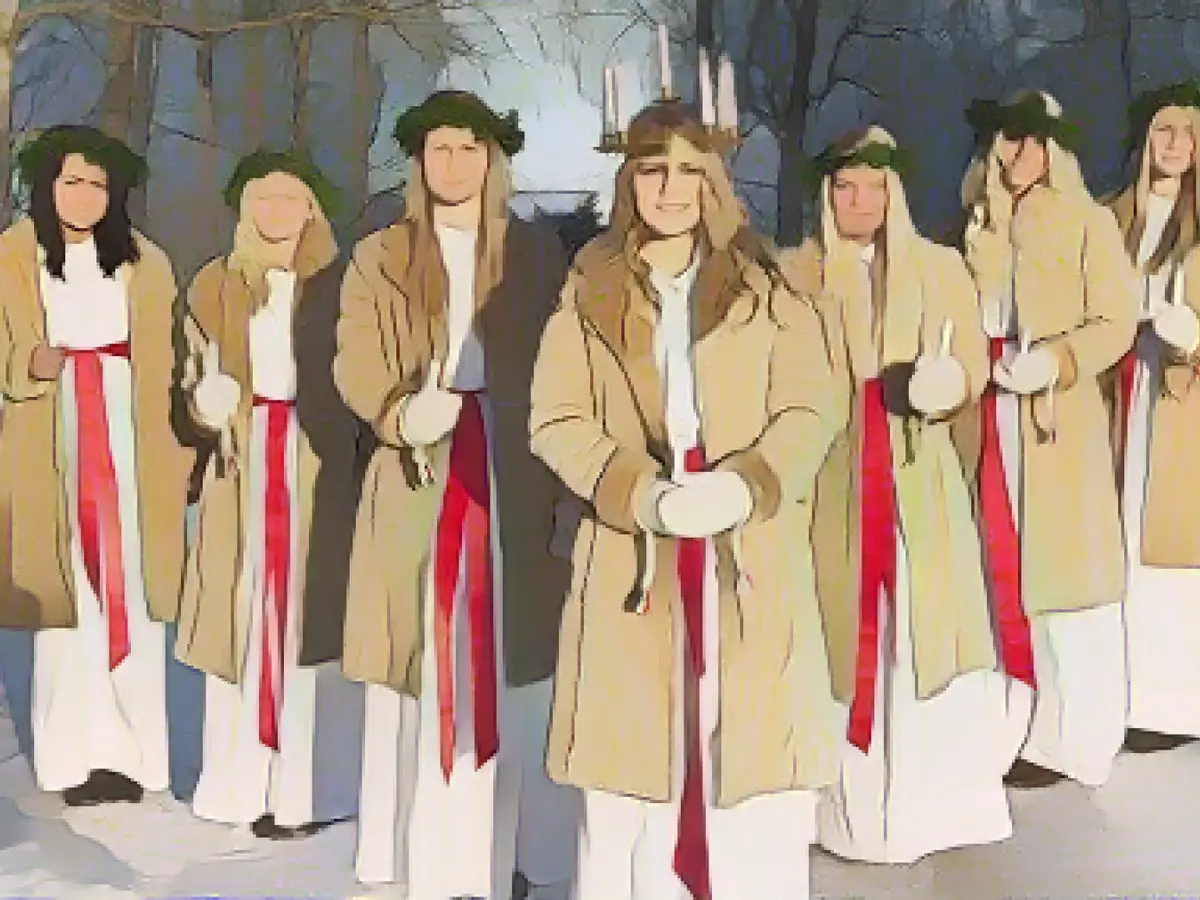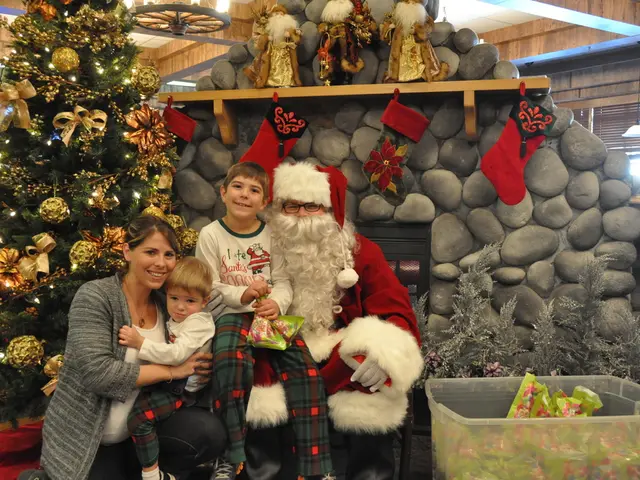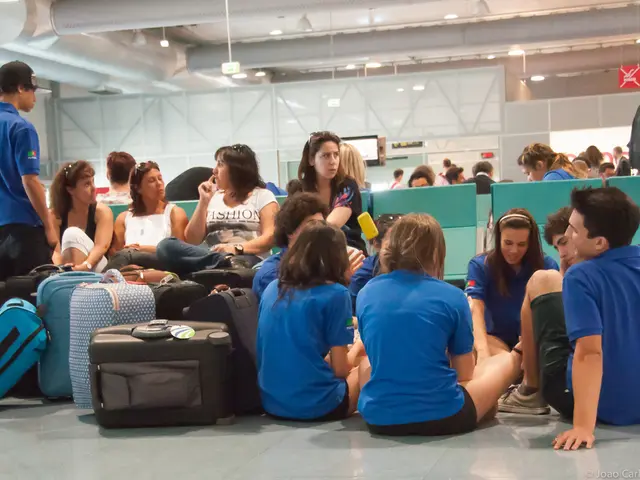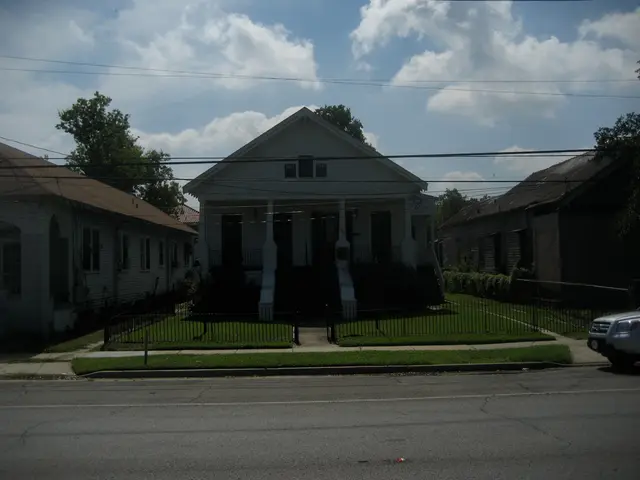Celebrating the Light in Sweden's Darkness
With Stockholm receiving around just six hours of sunshine a day in December, some northern regions of Sweden above the Arctic Circle barely see the sun rise during winter weeks. This grim reality birthed an old Swedish cultural custom that has gained global popularity in communities with a Swedish presence.
In this winter celebration, people honor the arrival of light in the darkest days. Known as "Lussekågadagen" or "Lucia Day," this day honors Stockholm's adopted patron saint, Saint Lucia. Originally calculated under the Julian calendar, Lucia Day was traditionally celebrated as the winter solstice marking the upcoming rebirth of the sun.
The celebration typically starts in the morning, leading with a chosen young boy or girl, dressed as Lucia, leading a group of children dressed in white gowns with red ribbons and singing traditional songs. Known for her distinctive crown of candles or battery-operated lights, accompanied by a floral wreath on her head, Lucia is accompanied by more individuals with floral wreaths and lit candles, along with groups of "star boys" carrying stars on sticks and paper hats. Elves with lanterns are often seen in these processions, especially for children's celebrations.
One popular song sung during these ceremonies is translated as this: "The night draws near/to cast its shadow/on homes where sunlight does not shine/and shadows inhabit/our dark homes/with blazing candles/St. Lucia, St. Lucia."
Lucia's Legacy
Though it may seem distant, the diffusion of light and joy through such a tradition has long roots pointing back to the simple agrarian communities of old – a yin and yang of night and day, cold and warmth. Visitors to Sweden corner this phenomenon's winter equivalent to the legendary Midsummer festival in June.
Saint Lucia's name, however, originates from the 4th century, when she, as legend tells us, fed and illuminated the Christian community in Roman catacombs with food and a floral wreath adorned with lights during her travels. This modern version of the celebration surfaced in a Swedish family back in 1764, though the custom did not gain traction until the 20th century. The long, dark night of December 13th is believed to be a particularly perilous time, as darkness-loving elves are said to roam in great numbers. Staying awake is essential, which is one reason why broth-slurping is a consistent part of the traditional Lucia feast.
Lucia Celebrations
$${vcenter:width = 42%}${figure}
Processions, parades, and celebrations of various lengths can be found throughout Sweden, with the historically significant Stockholm Cathedral (Storkyrkan) and 290-year-old Seglora Holzkirche in the Skansen outdoor museum being some of the most renowned places to witness this spectacle. In these famous locations, Levain-style saffron pastries, named "lussekatter," are served alongside hot chocolate, coffee, or Swedish glühwein.
Expanding Boundaries for Lucia
Lucia celebrations are no longer confined to Sweden as the Swedish diaspora has taken up this tradition with celebrations led by Svenska Kyrkan in London and Brighton, England, the Gloria Dei Old Swedes' Episcopal Church in Philadelphia, and in New York. The American Swedish Institute in Minneapolis and the Swedish American Museum in Chicago have also become popular places for Lucia commemorations among the Swedish communities abroad.
Embracing the Light. Lucia's essence captures the festivity that we all yearn for this time of year.







